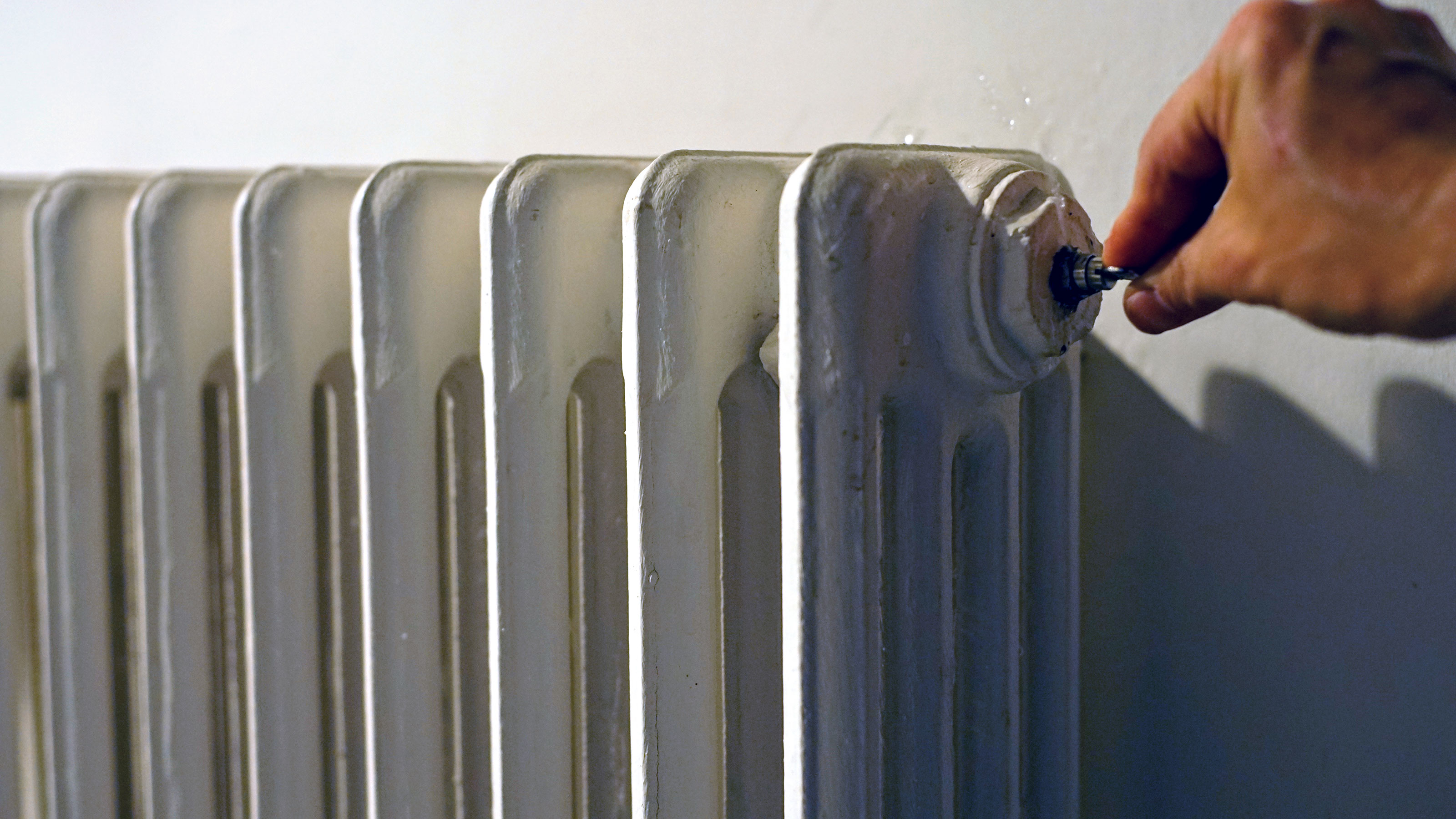

Knowing how to bleed radiators yourself is a must to ensure that yours heat up properly – in all seasons. There are some clear tell-tale signs that your radiators need bleeding, mainly gurgling noises and cold spots, and if this has been happening of late then you'll want to fix it fast.
You shouldn't have to bleed radiators more than twice a year, old or new, and rest assured that it's a very normal part of maintaining a functional central heating system. The fact that you have to do this isn't an issue and it can be done in five simple steps, whether you've got your original radiator key to slot into the bleed valve or not.
How do I know if my radiator needs bleeding?
Air prevents water from reaching the whole radiator, so you may begin to notice that the radiators upstairs aren’t getting as hot as those downstairs, or that there are cold patches on some of them. Annoying gurgling sounds are also an indicator that you need to release some trapped air.
Lee Devlin, Director at Homecure Plumbers, has over 12 years experience in the plumbing industry. He says, 'If you find that your radiator is emitting heat at the bottom but not at the top then there’s every chance that air is trapped and will need to be released by bleeding. The presence of trapped air might also cause your radiator to gulp, gargle or rattle, alerting you to the need for a bleed.'
Ian Haynes of Air Conditioner Lab in Seattle, Washington adds, 'There are a few characteristic traits of a heater in need of bleeding. It starts to make unusual gurgling sounds if it's in need of bleeding. Also, a bleeding radiator forms cold spots, that is, a few spots that are relatively cooler than the other spots on the heater. These cold spots consist of air, and thus, can mostly be found towards the top of the heater since water is heavier than air.'
How to bleed a radiator step-by-step
'The first step will be to gather essential equipment, including the radiator key, bucket or mug, cloth and safety gloves. You should then turn the central heating on, giving the radiators time to heat so that you can identify which ones need bleeding.' Says Devlin. 'The process should be followed after turning off the central heating and allowing the radiators to cool.'
In just five steps, you can bleed radiators to have them working again in no time. What you will be doing is essentially removing air from your central heating system, whether you’re in a two storey house or a one bed flat. Watch the video and follow our step-by-step instructions:
Tools and materials
- Two old towels
- A plastic tub
- Radiator key
- An old cloth
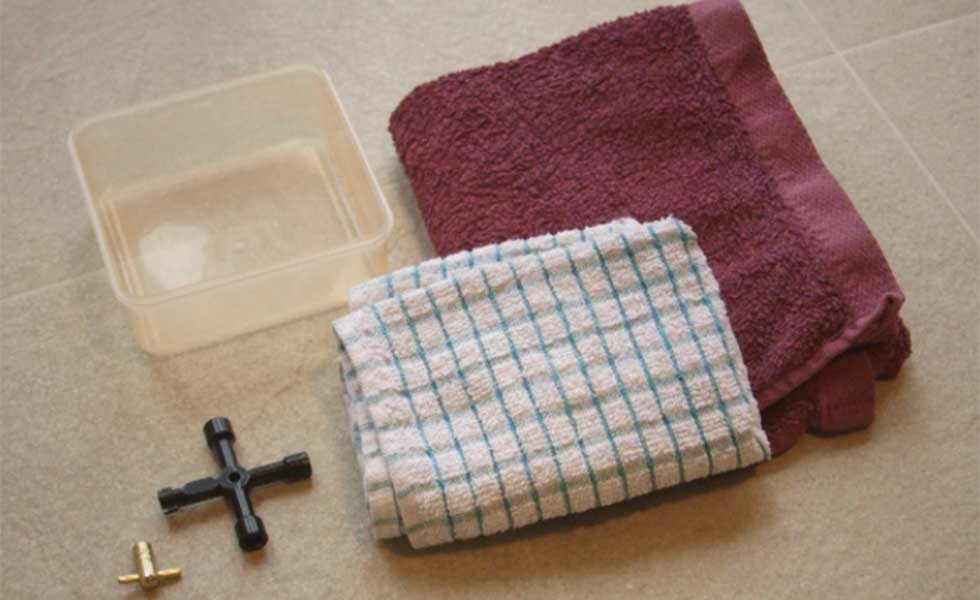
1. Identify whether your radiators need bleeding
To do this, start by turning your central heating system on and then check individual radiators (using the old cloth can help to not burn your hands) by running your hands over the top of them. If you spot any of the following, the chances are that air has built up inside your radiators and that they will benefit from bleeding.
- The metal is cooler at the top than the bottom
- You find any cold patches
- Any condensation or damp patches surrounding it
- Odd creaky noises and vibrations
2. Switch off the heating
Once you know which radiators need bleeding, you will then need to switch your central heating off at the boiler and wait for the radiators to cool down completely. While you’re waiting, lay one towel on the floor to protect it and wedge another behind the radiator to catch any water that leaks out.
3. Find and turn the valve counter-clockwise
To locate the valve, check the top edge of the radiator – the release valve looks like a small, square pin. Place the radiator key into the release valve and carefully twist it counter-clockwise.
Lots the bleed key?
'You can use the bleed key provided with the radiator or other alternatives to rotate the valve. Rotating for about a quarter to half a turn should be enough and you.' Says Haynes. If yours are very old and if you have no idea where the radiator key is, you can substitute with other tools to find a fit. It depends on the shape of your valve/bleed plug which will usually either be circular or hexagonal.
If yours is slotted then you could use a screwdriver, securing it in the slot and turning it counter-clockwise as you would with a radiator key. If yours is hexagonal, an Allen key can work or even a small pair of pliers.
You’ll hear a hiss as the trapped air is released, which will take a few seconds. Once you hear a gurgling sound or water begins to come out, you’ll need to twist the key clockwise to seal the valve. 'Quickly retighten the valve (clockwise) after the hissing stops or any water falls'. Use the towel or plastic tub to catch an excess water that leaks out. Repeat the process on any other radiators that need bleeding.
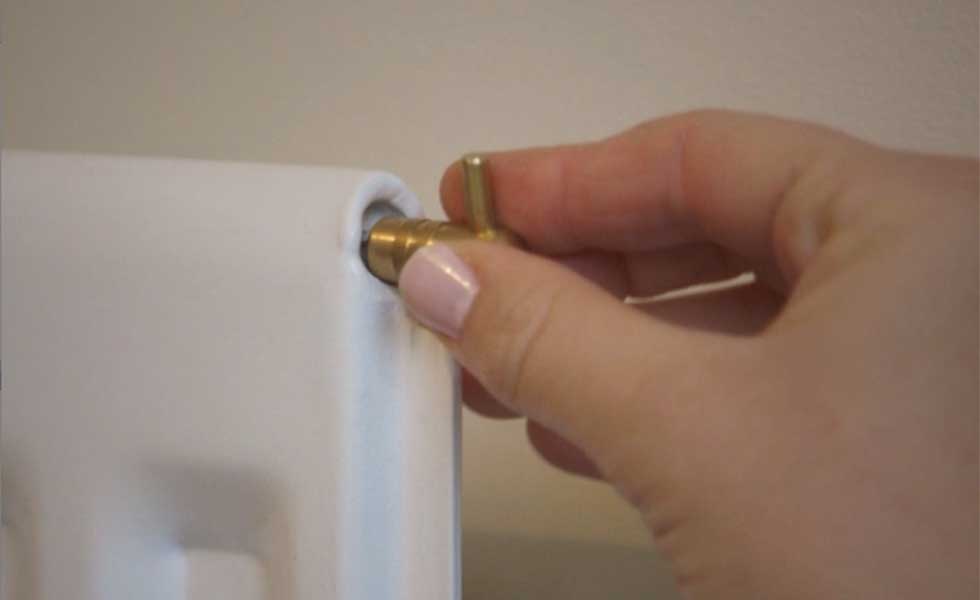
4. Check your boiler pressure
'Look at the boiler gauge to ensure that the water pressure hasn’t been affected' add Devlin. This is an important step as you lose water when you bleed your radiators, so it’s normal for your boiler pressure to slightly decrease. As a guideline, 1.0 – 1.5 bars when off and 2 bars when switched on is about right. If yours seems to have dropped too low, then you may need to repressurise your heating system. Use the boiler lever or tap to adjust the water pressure, if necessary.
'After completing the entire process, you should check the pressure levels and a green reading is the correct pressure value for the boiler. Yellow, on the other hand, means that the system needs re-pressurization.' Adds Haynes.
If all looks healthy, then head to the final step.
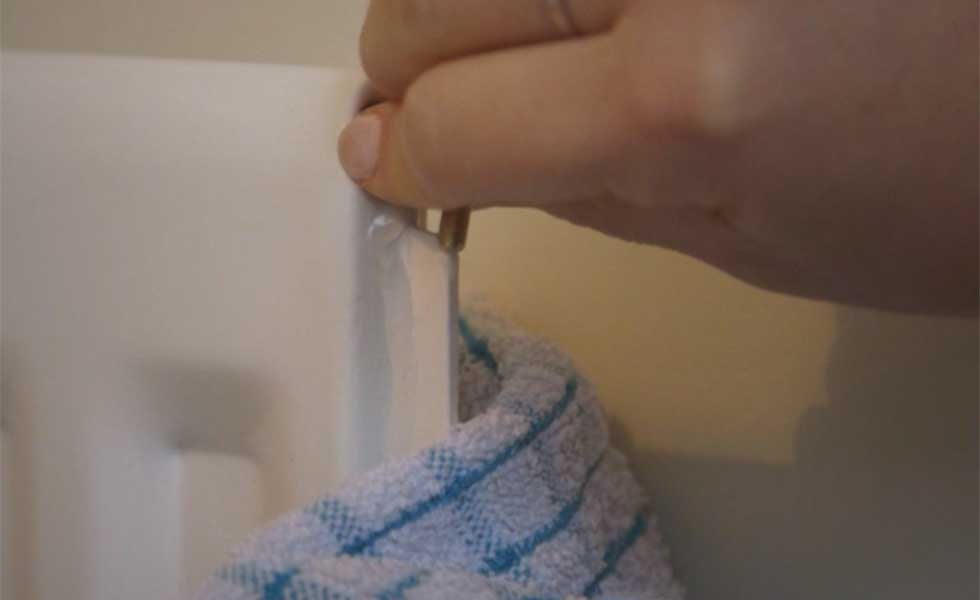
5. Do the 'heat test'
If your boiler pressure looks good then it’s time to do the ‘heat test’ by switching the heating back on and checking the radiators for improvements. There should be zero cold patches or signs of the initial problems you spotted, which means that your efforts have paid off and that you can go back to those cozy nights in.
Tips for bleeding a radiator
- If the valve comes out, use an adjustable spanner to replace it.
- Once you’ve finished bleeding the radiators, you can use your boiler's instructions when checking the pressure of your heating system.
- If you have double-panel radiators you will need to bleed both panels.
Do you bleed radiators with the heating on or off?
'You shouldn’t attempt to bleed a radiator when the heating is on, as hot water could escape from the system and burn you. It’s best to turn the central heating off after you’ve identified which radiators need bleeding. You should then give the water an hour or two to cool.' Notes Devlin.
Haynes says, 'Turning the heat off before bleeding your radiators is necessary because hot water could escape from the heater while it's on and it could burn you. It could also suck more air in if the valve is open while the radiator is working. It is thus, safer to bleed it with the heat off.'
Do you bleed a radiator until water stops?
You may be tempted to let all of the water out when bleeding your radiators but you shouldn't. Devlin says, 'No, you shouldn’t wait until the water stops. The radiator valve should be closed by turning the bleed key clockwise after the hissing has stopped or water has started to come out.'
Lead image: Rococo II 760mm 10 sections in Full Polish finish with wall stay, Chatsworth thermostatic valve, shrouds and base plates (all Satin Nickel), £955.20, Castrads
Join our newsletter
Get small space home decor ideas, celeb inspiration, DIY tips and more, straight to your inbox!
Laura Crombie is a journalist and TV presenter. She has written about homes and interiors for the last 17 years and was Editor of Real Homes before taking on her current position as Content Director for Country Homes & Interiors, 25 Beautiful Homes Period Living and Style at Home. She's an experienced home renovator and is currently DIY-renovating a 1960s house in Worcestershire. She's been quoted on home design and renovating in The Times, The Guardian, The Metro and more. She's also a TV presenter for QVC and has been a commentator for Channel 4 at Crufts dog show.
-
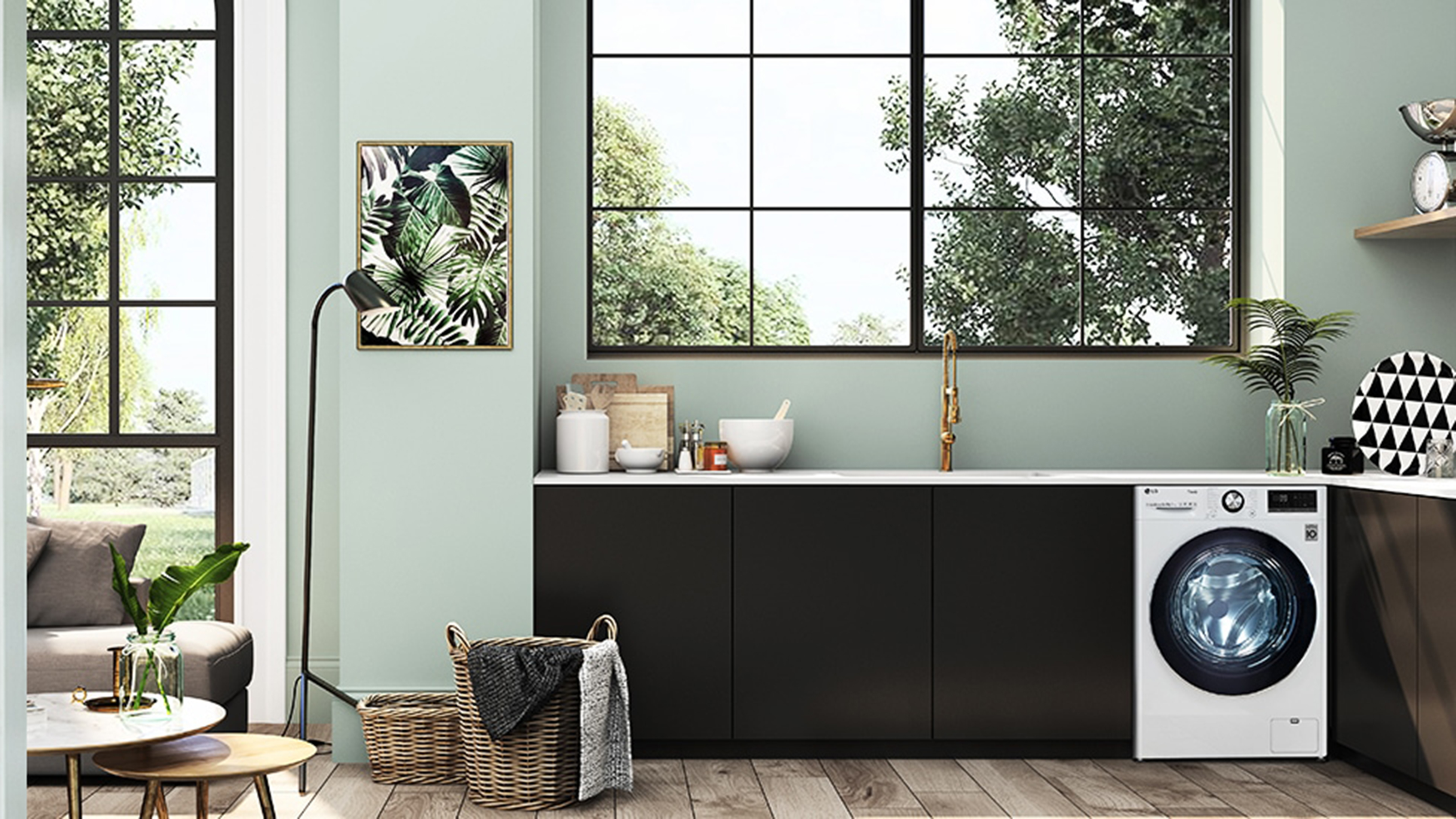 How install a washing machine step–by–step
How install a washing machine step–by–stepHere’s how to install a washing machine like a pro, in under an hour.
By Kate Sandhu Published
-
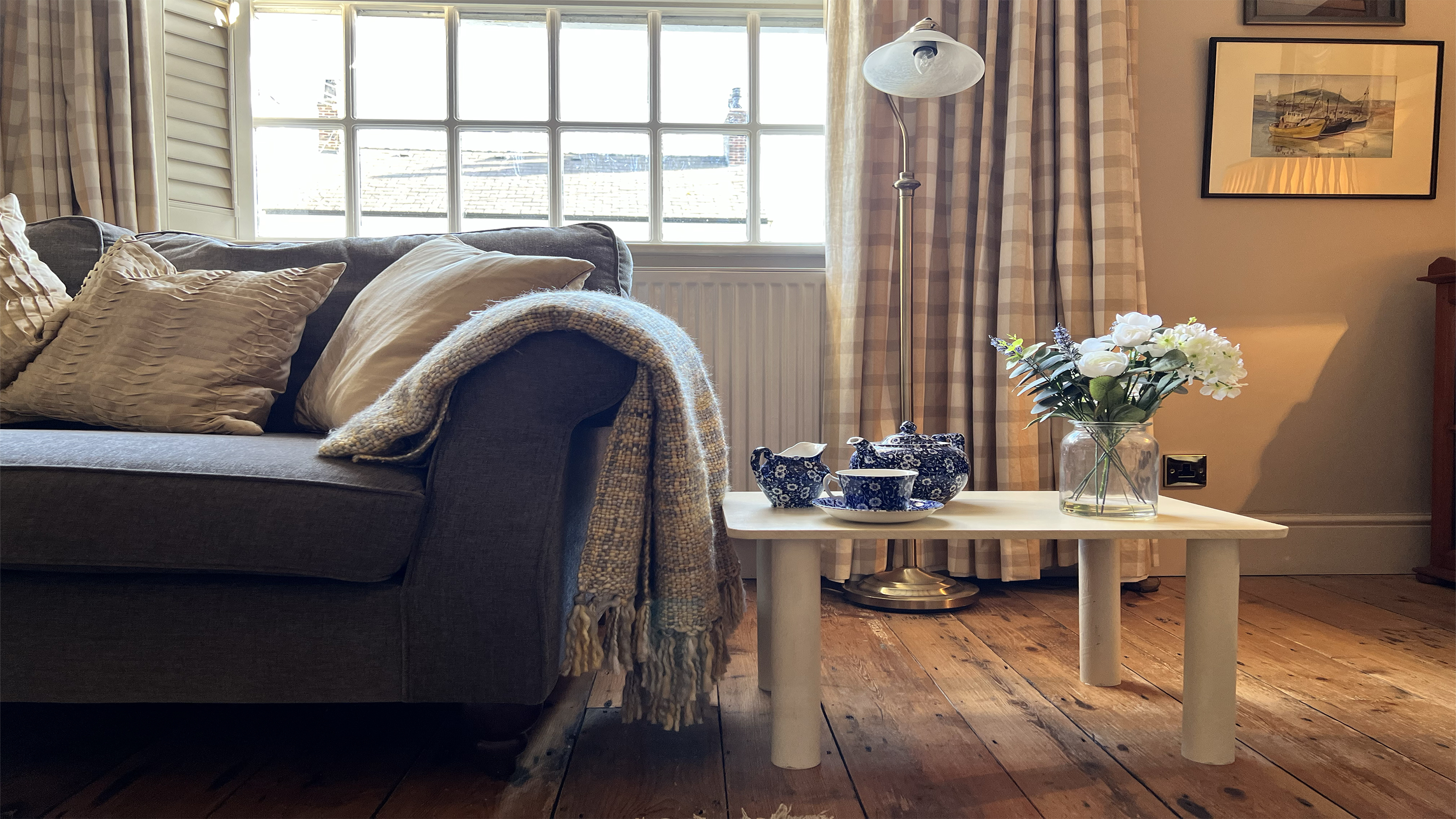 How to make a coffee table by shopping your home
How to make a coffee table by shopping your homeWith this handy guide you'll have a chic and useful coffee table in an hour using left over bits from around your home!
By Kate Sandhu Published
-
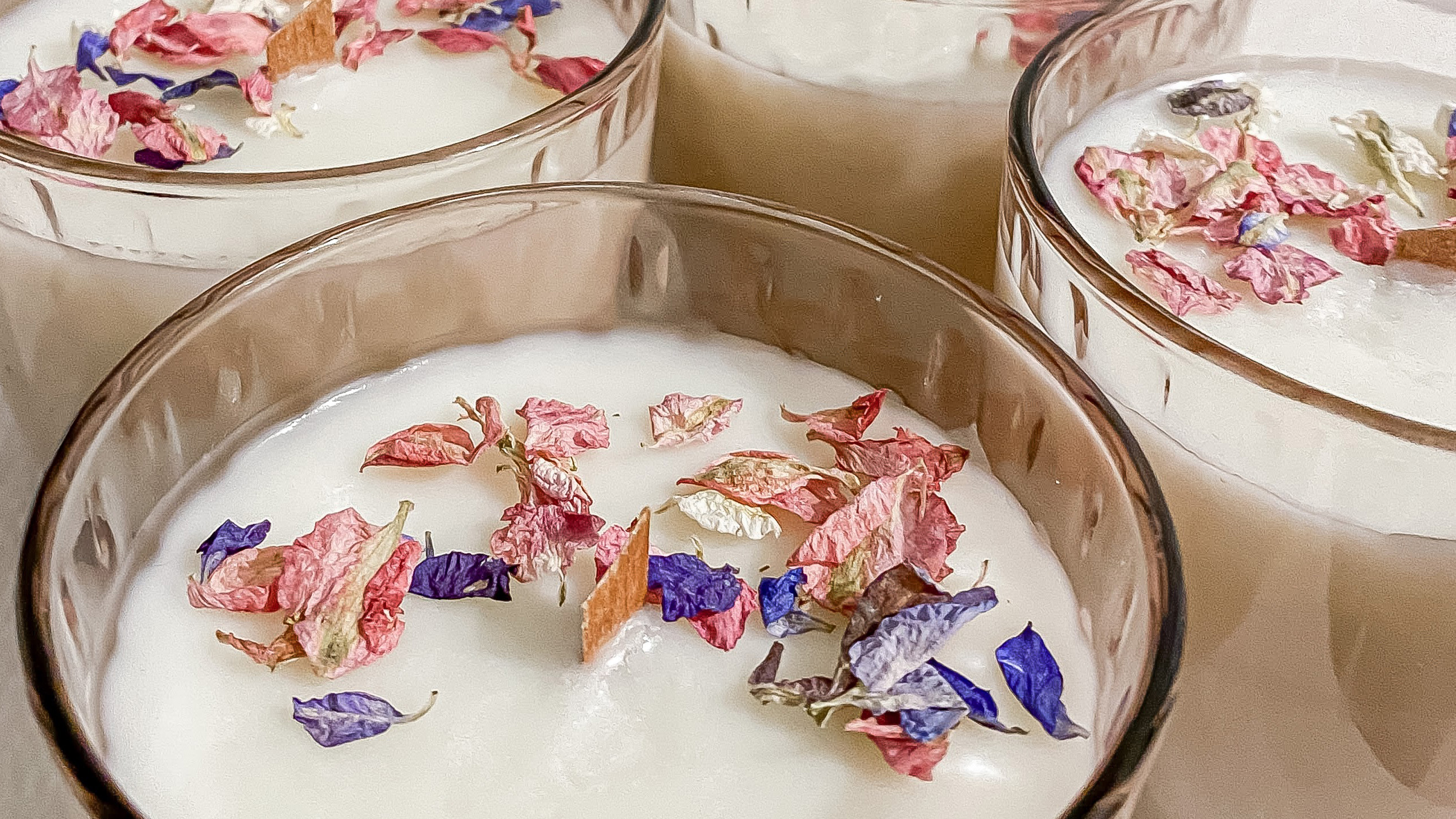 How to make homemade candles: Create DIY scented candles using soy wax
How to make homemade candles: Create DIY scented candles using soy waxIf you'd like to learn how to make homemade candles with soy wax, we've got the perfect DIY scented candle how-to that's super easy to create and takes just one hour
By Jasmine Gurney Last updated
-
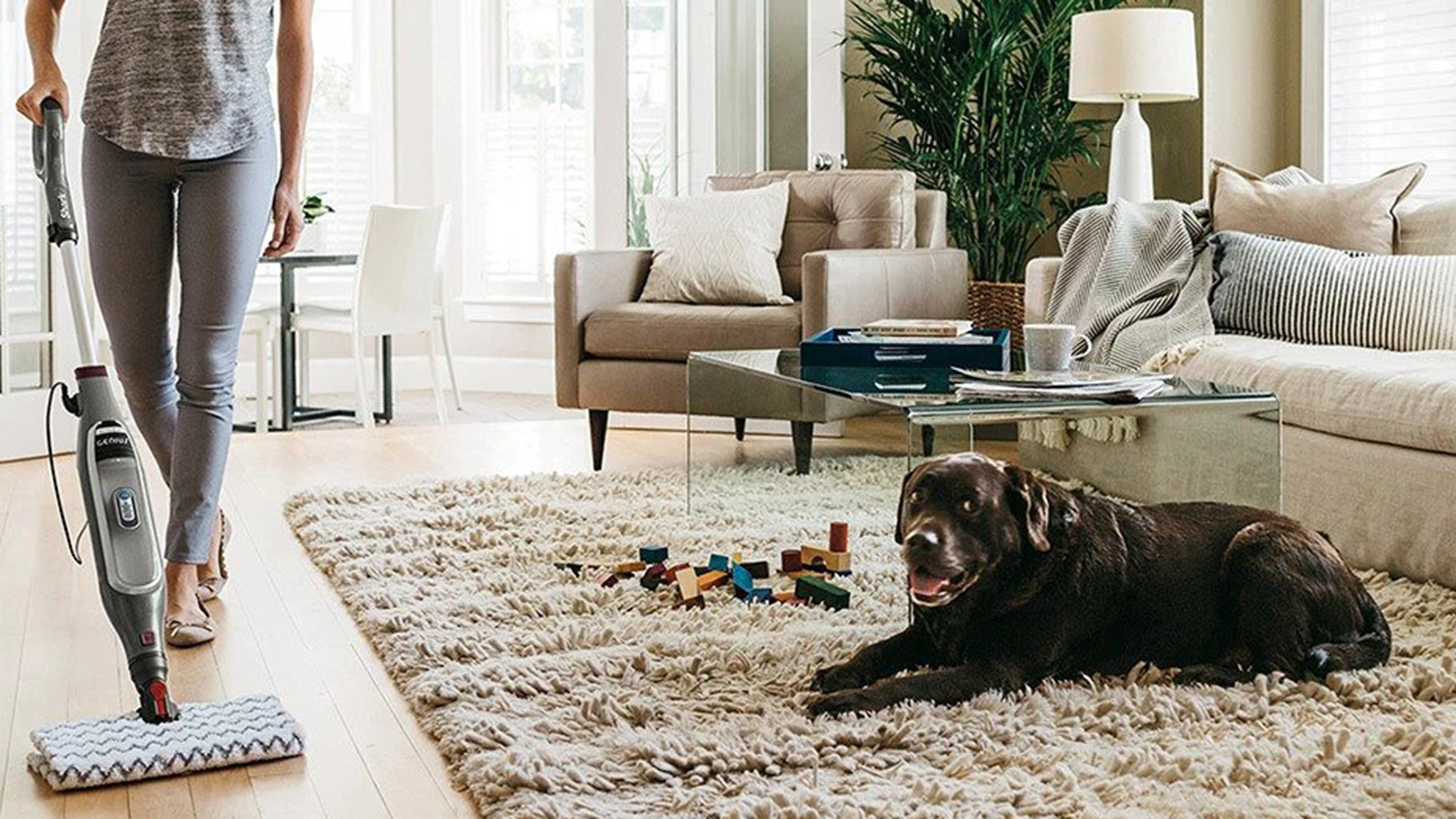 How to get rid of carpet beetles: 13 natural ways to get rid of bugs and larvae
How to get rid of carpet beetles: 13 natural ways to get rid of bugs and larvaeFind out how to get rid of carpet beetles naturally, and without calling out pest control
By Anna K. Cottrell Published
-
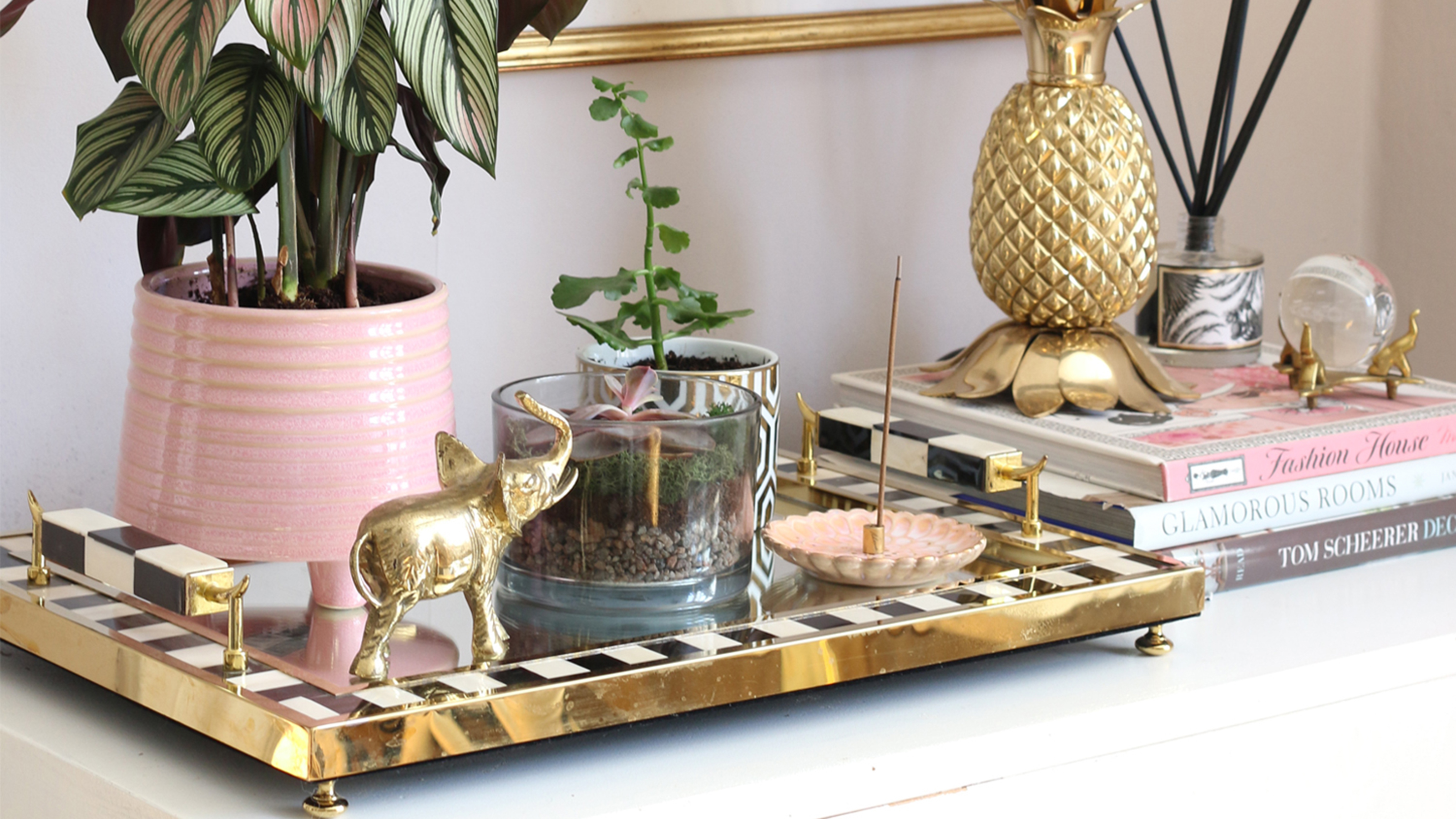 How to reuse a candle jar: 10 ways to upcycle your wax containers
How to reuse a candle jar: 10 ways to upcycle your wax containersLove candles but not the glass waste? Learn how to reuse a candle jar with these creative DIY home accessories
By Christina Chrysostomou Last updated
-
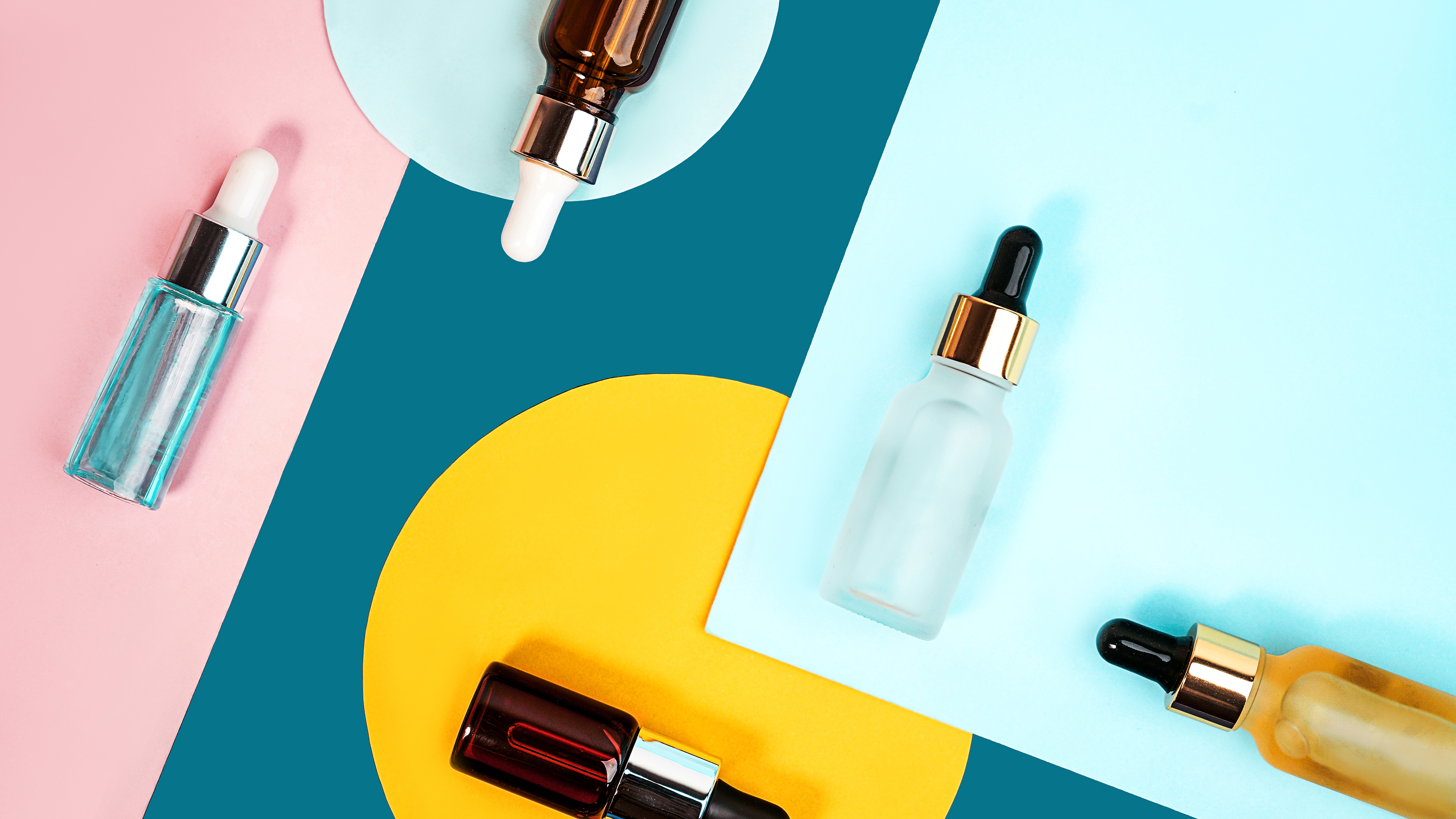 7 expert-approved essential oil recipes aromatherapists use in their homes
7 expert-approved essential oil recipes aromatherapists use in their homesDiscover essential oil recipes that experts approve of to assist with hair growth, concentration, sleep hygiene and much more
By Christina Chrysostomou Published
-
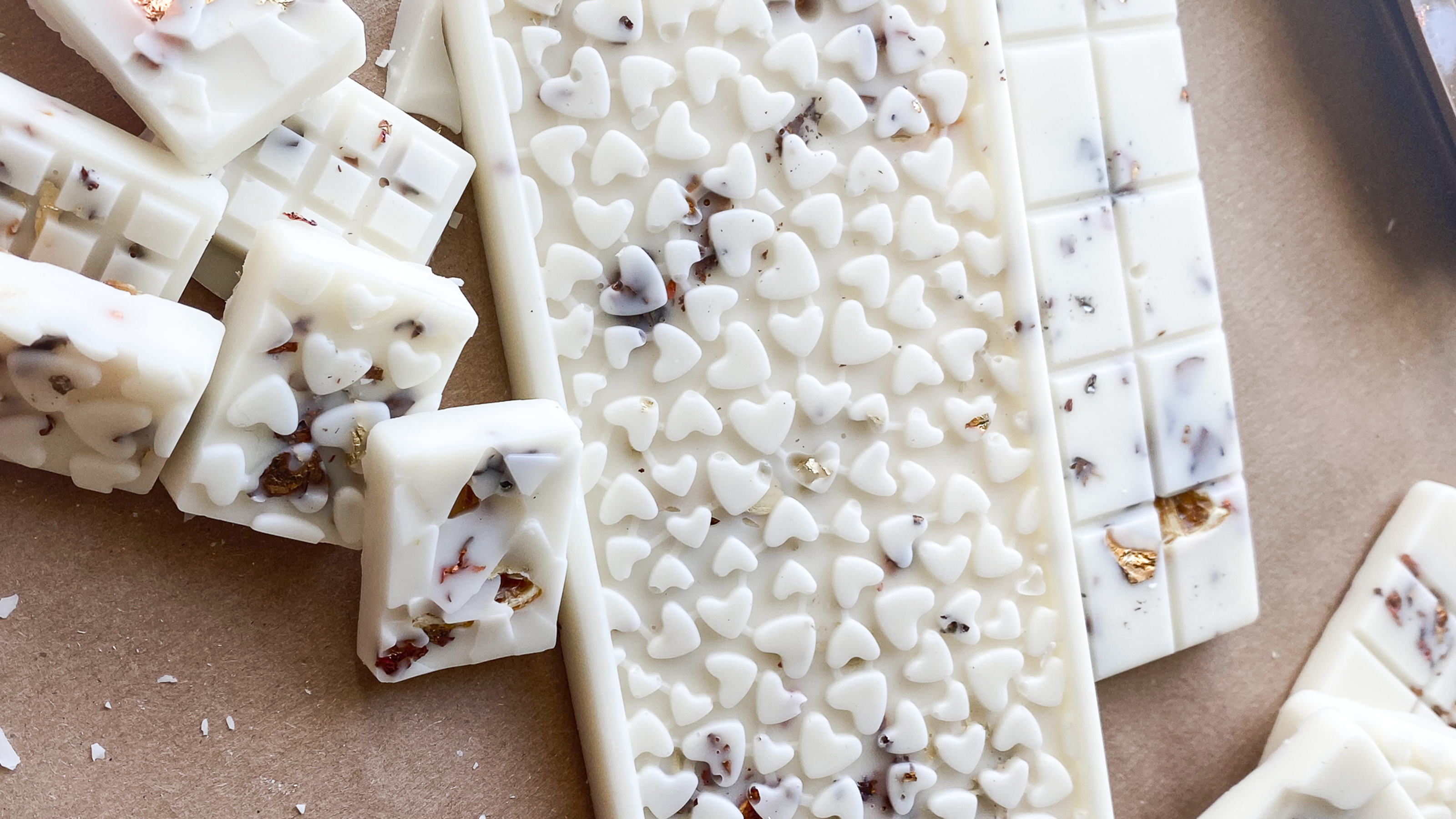 How to make wax melts: melt and mold these mini DIY scented candles
How to make wax melts: melt and mold these mini DIY scented candlesAlways wanted to know how to make wax melts? Together with a candle expert, we show you how to DIY fragranced wax tarts
By Christina Chrysostomou Published
-
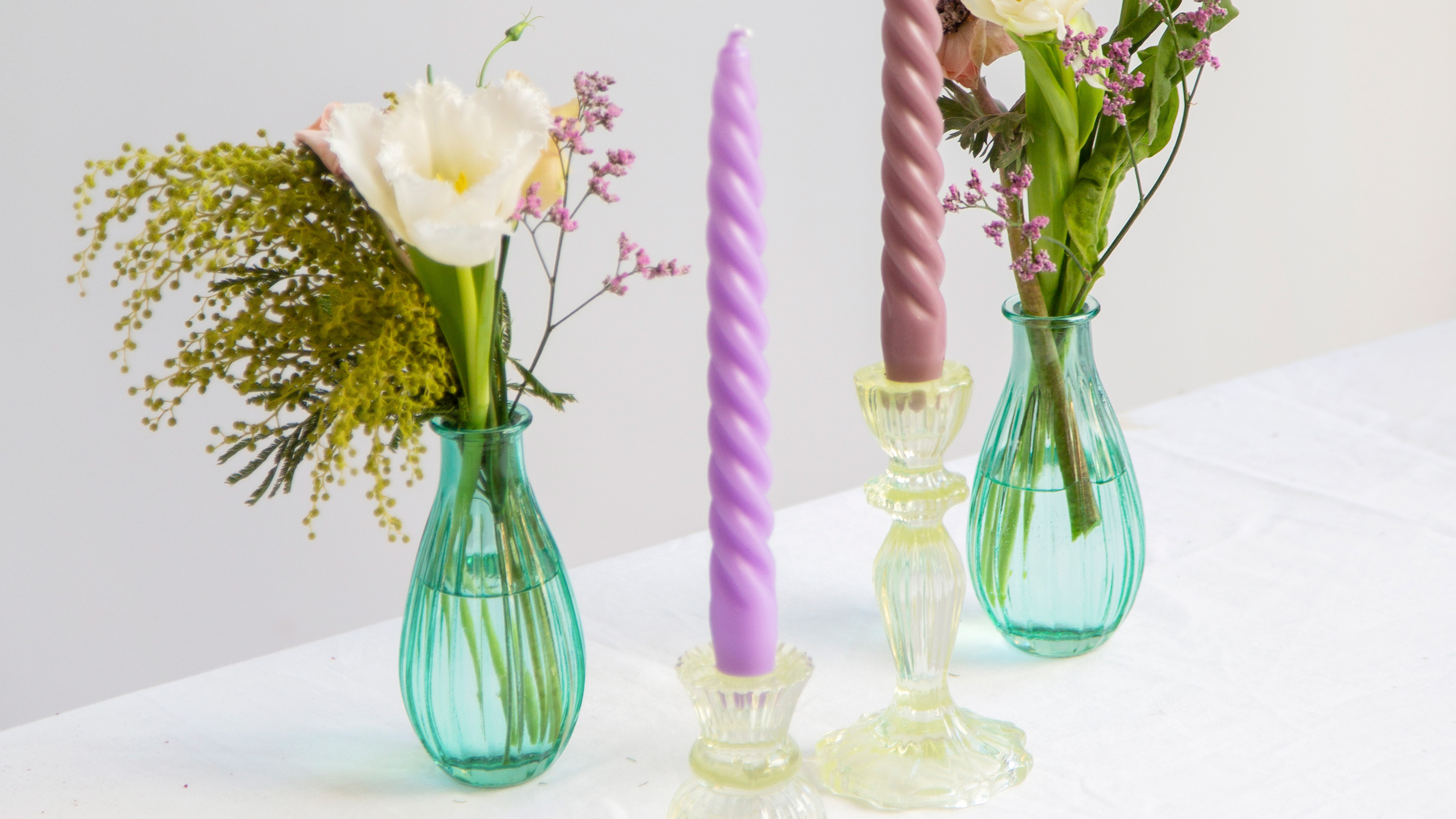 How to make twisted candles – TikTok's must-have candle style
How to make twisted candles – TikTok's must-have candle styleTwisted candles are flaming 'hot' right now. Get in the know and glow with our simple DIY guide.
By Sophie Warren-Smith Published